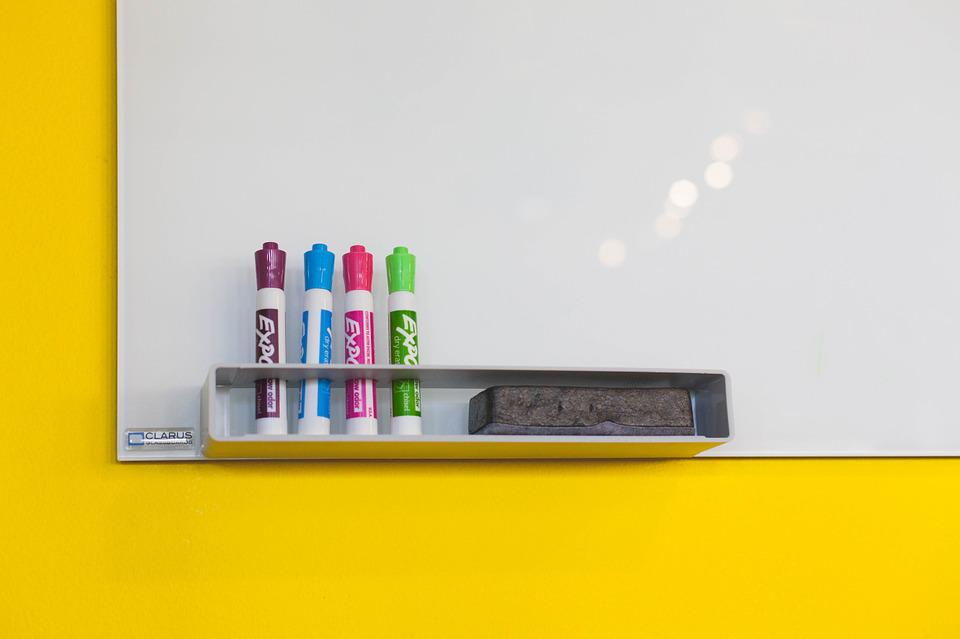How to Start a Business in 10 Steps

Image credit: Pixabay
There is no one-size-fits-all answer to this question, as the steps involved in starting a business can vary greatly depending on the type of business, its location, and the resources available to the entrepreneur. However, there are some basic steps that are essential for all businesses, and these are outlined below.
1. Choose your business idea
The first step in starting any business is to come up with an idea. This can be something you’re passionate about, or simply a gap in the market that you’ve identified. It’s important to choose an idea that you’re confident you can make a success of, so do your research and talk to others in the industry before making your final decision.
2. Write a business plan
Once you’ve chosen your business idea, the next step is to put together a business plan. This should include your goals and objectives, as well as a detailed overview of your proposed business model and how you intend to make it a success.
3. Choose your business structure
The next step is to choose the legal structure of your business. This will determine things like how you’re taxed, and the level of liability you face as a business owner. The most common structures for small businesses are sole proprietorships, partnerships, limited liability companies (LLCs), and S corporations.
4. Register your business
Once you’ve chosen your business structure, you need to register your business with the appropriate authorities. This usually involves filing paperwork with your state or local government, and may also require you to obtain a business license or permit.
5. Get funding for your business
Unless you’re lucky enough to have the financial resources to self-fund your business, you’ll need to look for external funding. This could come in the form of a loan from a bank or investor, or through government grants and programs.
6. Find the right location
One of the most important decisions you’ll make when starting a business is choosing the right location. This will depend on a number of factors, such as the type of business you’re running and your target market.
7. Hire employees
If you’re planning to grow your business, then you’ll need to start thinking about hiring employees. This includes finding the right people, training them, and managing them effectively.
8. Create your marketing strategy
No business can succeed without a solid marketing strategy. This should include things like your branding, your target market, and the channels you’ll use to reach them (such as social media, email, and print).
9. Build your website
In today’s digital world, every business needs a website. This is the best way to reach your target market and promote your products or services.
10. Launch your business!
Once you’ve taken care of all the steps above, it’s time to launch your business! This includes making sure everything is in place, from your marketing materials to your website. Then it’s just a case of promoting your business and getting customers through the door.
Starting a business can be a daunting task, but if you break it down into smaller steps it becomes much more manageable. Just make sure you do your research, put together a solid business plan, and get the right advice and support along the way. Good luck!
How to Organize Your Kitchen
Follow These 8 Steps to Organize Your Kitchen Today!
1. Start with a clean slate:
Before you can start organizing your kitchen, you need to clear out the clutter. Get rid of any expired food, unused appliances, and other items that are taking up space.

Image credit: Pixabay
2. Evaluate your storage needs:
Take a look at what you have and what you need to store. Make a list of what you need to keep in your kitchen and find a place for everything.
3. Utilize vertical space:
Don’t forget to use the vertical space in your kitchen. shelves and racks can help you make the most of your storage.
4. Create zones:
Zoning can help you be more efficient in the kitchen. Create zones for different tasks such as food prep, cooking, and cleanup.

Image credit: Pixabay
5. Keep often-used items within reach:
Put the items you use most often within easy reach. This will help you save time and be more efficient in the kitchen.
6. Invest in storage solutions:
There are a variety of storage solutions available. Choose the ones that will work best for you and your kitchen.
7. Label everything:
Labeling can help you stay organized and find things quickly. Use labels to identify storage containers, zones, and anything else in your kitchen.

Image credit: Pixabay
8. Be prepared for changes:
As your needs change, so should your kitchen organization. Be prepared to adjust your plan as needed to keep your kitchen running smoothly.
How to Create an Age-Appropriate Chore Chart for Your Children
How to Create an Age-Appropriate Chore List for Your Children

Image credit: Pixabay
1. Define what tasks are appropriate for each age group.
Ages 2-3
Pick up and put away toys
Take dirty clothes to the laundry basket
Put away clean clothes
Fill pet’s bowl with water and food
Ages 4-5
All previous chores
Make bed with minimal help
Take out recycling and trash
Wipe counters
Water indoor and outdoor plants
Wash dishes with supervision
Ages 6-8
All previous chores
Fold and hang laundry
Sweep the floors
Vacuum the carpets
Mop the floors
Put away dishes from the dishwasher
Get the mail
Ages 9-11
All previous chores
Wash dishes
Wash family car with supervision
Make simple meals and snacks
Rake leaves
Learn to use washer and dryer
Clean bathrooms
Ages 12-14
All previous chores
Make more advanced meals and snacks
Mow the lawn with supervision
Weed the garden
Clean mirrors and windows
2. Assign specific tasks to each child based on their age and ability.

Image credit: Pixabay
When creating an age-appropriate chore chart for your children, it is important to assign specific tasks to each child based on their age and ability. This will ensure that they are able to complete the chores assigned to them and avoid frustration.
For younger children, simple tasks such as putting away their toys or helping to set the table are appropriate. As they get older, you can assign them more challenging tasks such as taking out the trash or cleaning the bathroom.
Whatever chores you assign, be sure to give clear instructions and provide any necessary tools or supplies. With a little planning, you can create a chore chart that works for your entire family!
3. Choose an age-appropriate chore chart template.
4. Print out the chore chart template and laminate it for durability.
5. Write in the assigned tasks for each child using a permanent marker.
6. Put the chore chart in a prominent place where everyone can see it.

Image credit: Pixabay
7. Explain the chore chart to your children and help them get started with their assigned tasks.
8. Reward your children for completing their chores.
9. Encourage your children to keep up the good work by praising their efforts.
10. Modify the chore chart as needed to keep it updated and relevant.
11. Review the chore chart regularly with your children to ensure they understand their responsibilities
12. Thank your children for their help around the house!

Image credit: Pixabay
